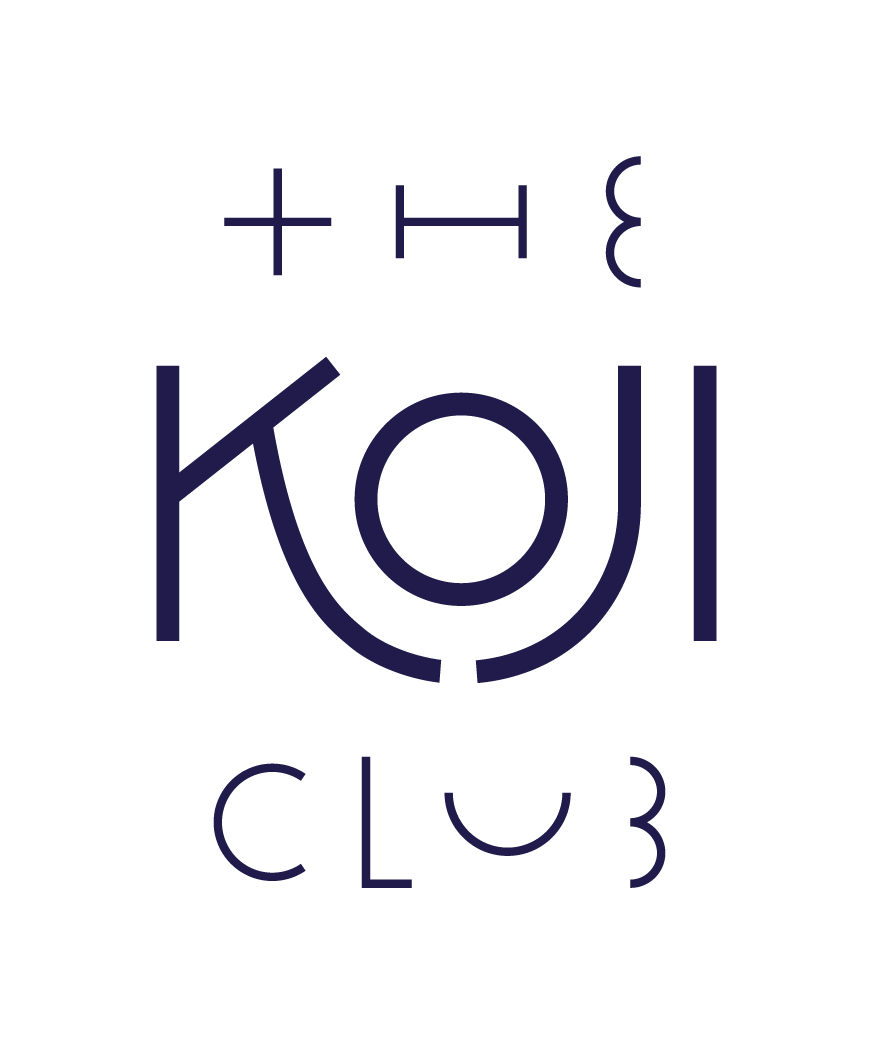Yeast
This post is part of The Koji Club BINGO Game. Play the game to win a karaoke party and build your sake chops in the process. Learn more here.
If you’ve ever gazed into a glass of sake and thought, “how the heck does something that looks like water smell like a floral bouquet and taste like a fruit salad?”, yeast is your answer. Besides being the agent changing sugar into alcohol, yeast is responsible for the wild-ranging aromas and flavors found in a glass of sake.
Low and Slow Fermentation = Wider Range of Flavor
While beer and wine typically ferment between 64°F- 85°F, sake undergoes a much colder fermentation process. By remaining in a cold range of 32° to 48°F, fermentation takes place much more slowly, allowing for a greater range of flavors and aromas to develop.
Time and temperature are key factors in the finished product, but they aren’t the only things to consider; the yeast strain used impacts the sake’s flavor and aromas as well.
How Yeast Strains Impact Sake Flavor and Aroma
After centuries of brewers betting their brews on ambient yeast (and losing countless batches of sake along the way), nearly all have switched to using isolated yeast strains from The Brewing Society of Japan Nihon Jozo Kyoukai 日本醸造協会, the country’s leading sake brewing association and main source of sake yeast across the country.
Over time, certain yeasts have come in and out of fashion. Three particular strains of yeast are most popular in sake production today:
#7. The most popular sake yeast. Developed by Miyasaki brewery in Nagano Prefecture, sake brewers love this yeast for its consistency and stability in fermentation, as well as its subtle aromas. #7 is commonly used in complex or rustic sakes like junmai and honjozo.
#9. Discovered at Koro brewery in Kumamoto, #9 is lauded for its endurance during long, slow fermentation. It’s typically used to produce aromatic yet balanced sakes like ginjo and daiginjo.
#1801. A non-foaming yeast (indicated by the ‘01’) preferred by some sake brewers for cleanliness purposes, this yeast allows brewers to fill up their fermentation tanks to the top for maximum yield and increased efficiencies. A fairly recent yeast to the game, it has become popular not only for its mess-free qualities but also for the pronounced floral and fruity aromas it creates. #1801 is most often used in sakes with sweet, fruity aromas, like daiginjo.
While these three yeasts are used in the majority of sakes today, some of Japan’s more modern sake brewers have been experimenting with proprietary yeast blends — quite successfully, in our opinion!
Modern sake brewing gives rise to new yeast blends
One trailblazer in the industry worth noting is Nakao Brewery. The brewery behind the esteemed sakes Maboroshi and Seikyo, the brewery has been searching for a “perfect yeast” since 1927. The search originally started from the brewery’s director Nakao Kiyomaro, who collected and studied over 2,000 yeasts over the course of his career. His research led to the brewery’s proprietary cultivation of an apple rind yeast in 1940, and remains the yeast still used in production today.
Two other examples of such trailblazers are Imada Shuzo and Amabuki Shuzo. The former, led by both Toji and President Miho Imada, cultivates a hybrid yeast for her brews; the latter extracts flower yeasts – sunflower, strawberry, marigold – for three distinctly different (and delicious!) sakes.
How does that translate into the bottle?
As a rule of thumb, sakes made with #9 or #1801 yeasts tend to be fruitier and more expressive while #7 will bring more earthy, rice-forward notes forth. As for the proprietary yeasts? Well… you just have to try them for yourself!
EARN YOUR BINGO STICKER
This is a blog post from The Koji Club Bingo Game. To complete the Bingo square, follow the steps below:
Step 1. Join us at The Koji Club bar for a glass of:
Maboroshi Junmai Ginjo. #9 yeast.
Yuki No Bosha. Proprietary yeast.
Amabuki Shuzo. Proprietary yeast derived from flower blossoms.
Step 2. Present your BINGO card to the bartender for a sticker.
Step 3. If the square completes Bingo, post a picture of your winning Bingo card on Instagram with the hashtag #DrinkGoodSake and tag @the.koji.club. This is your entry to win a Karaoke Party at The Koji Club! Play as many times as you want entries. Winners will be drawn monthly.
EXTRA CREDIT: Post a picture of your sake with your own tasting notes (the wilder the better!) and the #DrinkGoodSake hashtag. Don’t forget to tag @The.Koji.Club to make sure we see it!

